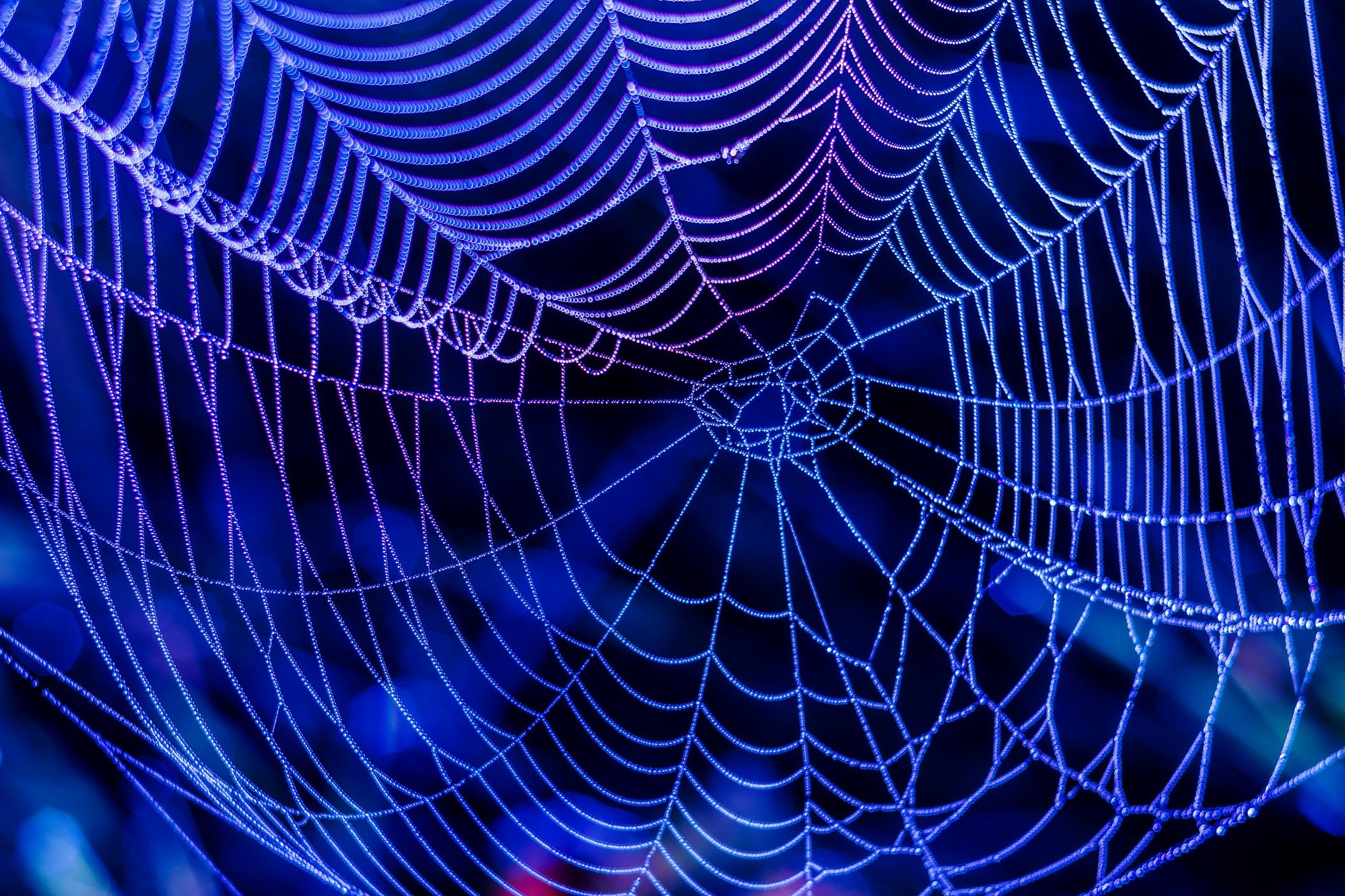Scientists spin artificial spider webs to treat chronic wounds
Ultra-strong material can transform treatment of severe medical conditions

Your support helps us to tell the story
From reproductive rights to climate change to Big Tech, The Independent is on the ground when the story is developing. Whether it's investigating the financials of Elon Musk's pro-Trump PAC or producing our latest documentary, 'The A Word', which shines a light on the American women fighting for reproductive rights, we know how important it is to parse out the facts from the messaging.
At such a critical moment in US history, we need reporters on the ground. Your donation allows us to keep sending journalists to speak to both sides of the story.
The Independent is trusted by Americans across the entire political spectrum. And unlike many other quality news outlets, we choose not to lock Americans out of our reporting and analysis with paywalls. We believe quality journalism should be available to everyone, paid for by those who can afford it.
Your support makes all the difference.Scientists have created artificial spider web silk that they say can be used to make ultra-strong bandages for treating chronic wounds.
The silken bandages, developed by researchers at Nanjing Tech University in China, are easily spinnable using a 3D printing setup, while also being stable enough to improve the treatment of certain medical conditions.
The team tested the novel wound dressings on mice with a degenerative joint disease and chronic wounds caused by diabetes, which both healed faster than with traditional bandages.
“The new silken bandages are biocompatible and biodegradable,” the researchers noted.
“We believe that artificial spider silk based on an exact spinning strategy will provide a high-efficient way to construct and modulate the next generation of smart materials.”
Spider webs have been used to treat wounds as far back as ancient Rome, however its use in medical applications is not practical on a large scale.
This is because, unlike silk from silkworms, harvesting spider web silk is notoriously difficult due to the territorial nature of arachnids. Using naturally-produced spider silk also increases the risk for bacterial contamination, according to a 2021 study published in the journal Cell Press.
“Spider silk has always been admired and almost has a muthical status,” Professor Trine Bilde from Aarhus University said at the time. “It’s one of these myths that seems to have become ‘established’ by ‘belief’ and not by strong empirical support.”
This has led to the development of artificial spider silk for use in next-generation medical materials, with the latest 3D-printing technique offering a new approach to mass produce the material.
“Consistent with the natural spinning process of spiders, we report a high-efficient spinning strategy that enables the mass preparation of multifunctional artificial spider silk at different scales,” wrote the scientists behind the breakthrough.
The latest research was published in the American Chemical Society journal, in a study titled ‘Overexpressed Artificial Spidroin Based Microneedle Spinneret for 3D Air Spinning of Hybrid Spider Silk’.
Join our commenting forum
Join thought-provoking conversations, follow other Independent readers and see their replies
Comments